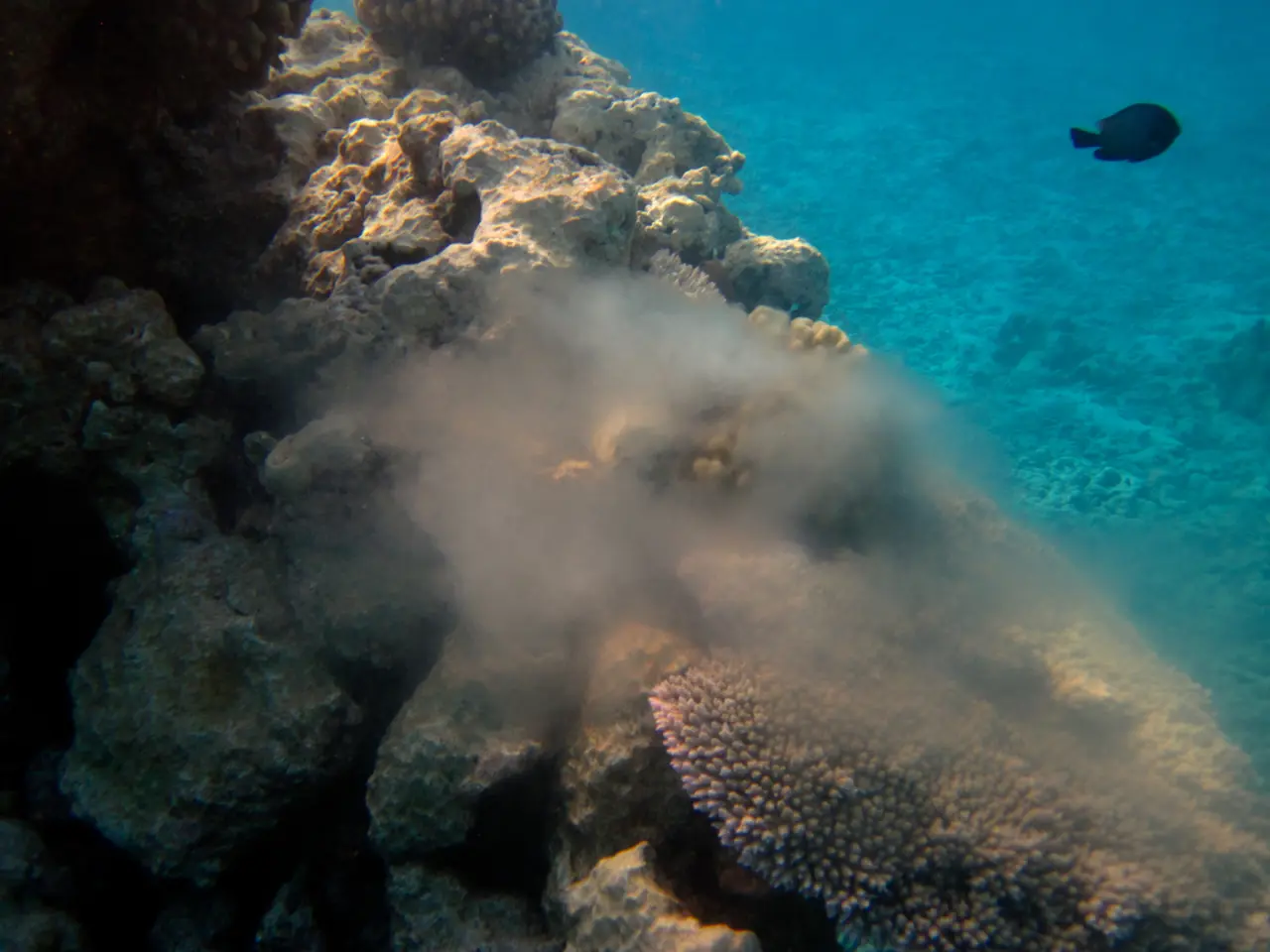Saltwater Fish Tanks: Solutions Using Natural Live Rock for Healing
=====================================================
Curing live rock is an essential step in setting up a reef tank, as it helps establish a healthy environment for your marine life. In this article, we'll explore the various methods for curing live rock and the benefits of following a natural curing process.
Live rock can be grouped into four categories: wet live rock, dry rock from the ocean or a previous tank, mined dry rock, and artificial man-made dry rock. Each type requires different curing methods, but the most common and effective method for curing mined dry rock is by soaking it in a tub of saltwater with circulation, heater, and in darkness for about 4 to 8 weeks.
The Curing Process
To naturally cure mined dry rock for a reef tank, follow these steps:
- Submerge the dry rock in a container with prepared saltwater matching your reef tank salinity.
- Use a small pump or powerhead to circulate the water to mimic tank flow.
- Maintain a heater to keep the temperature stable around typical reef tank levels (~76–82°F / 24–28°C).
- Keep the container covered or in the dark to prevent unwanted algae or premature colonization.
- Add minimal organic matter such as a small amount of fish food or ammonia source to foster bacterial growth if desired.
- Change water as needed if it gets very cloudy or foul-smelling to prevent toxicity buildup.
Curing Time and Monitoring
A curing period of about 4 weeks minimum is recommended, with 6 to 8 weeks considered ideal for fully leaching phosphates, organics, and other impurities. Monitoring water quality parameters such as ammonia, nitrites, and phosphates during curing can help determine when the rock is ready.
Once the nitrate and phosphate levels stop rising and hit a plateau, the rock can be considered cured. A 100% water change and subsequent testing can confirm the rock is cured, with phosphate and nitrate levels being zero after the water change.
Potential Additives
While primarily a mechanical and biological curing process, some hobbyists add beneficial bacteria, small doses of ammonia or fish food, or activated carbon or GFO (granular ferric oxide) to speed up the process. These additives are usually tank maintenance additives rather than curing itself.
Additional Notes
Dry rock tends to absorb phosphates initially, and curing helps reduce phosphate leaching in the main tank. Curing dry rock separately prevents strange water chemistry spikes and algae outbreaks in your display tank. Patience during curing is key to ensure your reef tank water remains stable when the rock is finally introduced.
Using an inexpensive powerhead or water pump to circulate the water inside the container can help bacteria proliferate and break down organics faster.
By following this natural curing approach, you can prepare mined dry rock safely and effectively, enabling it to serve as healthy biological media for the reef tank environment.
- After curing the aquarium rock, one might consider upgrading their lifestyle by investing in aquarium controllers to maintain the perfect environment for marine life.
- For those who enjoy exploring different cultures, travel can serve as a refreshing break from the routine of caring for pets at home, where the curing process of aquarium heaters might be underway.
- In the realm of fashion-and-beauty, choosing clothing and accessories that align with one's unique personality can help create a comfortable living space, where the curing process of the aquarium rock is taking place in the home-and-garden section.
- Following the natural curing process of the aquarium rock, one might find that relationships become stronger, as the stability in the reef tank mirrors a sense of companionship and understanding.
- While the aquarium fish enjoy their new home with the cured rock, one could satisfy their appetite with delicious food-and-drink, perhaps ordering from a favorite restaurant, or even shopping for fresh ingredients to cook a special meal, all enjoyed from the comfort of their car.




